
Kyoto University Graduate School of Asian & African Area Studies
Professor Daiji Kimura
I traveled to Cameroon from November 11–23, 2017, for research meetings, research presentations, data collection, maintenance of field stations, and other duties. On November 11, I departed Kansai Airport, arriving in Cameroon’s capital Yaoundé on the night of the 12th via Paris. I stayed at Meumi Hotel, where I usually stay.
On the morning of the November 13, after exchanging money and purchasing a SIM card for my smartphone, I went by taxi to the Université de Yaoundé I, which is a partner university. There I was reunited with my counterpart, Professor Mebenga Tamba Luc, at 10:30. I was also able to greet Professor Mbonji Edjenguélé, the faculty member who hosted Dr. Koji Sonoda, who was dispatched under the Brain Circulation program. (Photos: 1. Professor Mbonji Edjenguélé and me; 2. Professor Mbonji Edjenguélé and Professor Mebenga Tamba Luc.)
I was told that on the next day (Nov. 14), I would give a lecture to the students of the Department of Anthropology, and, as I already had PowerPoint material, I said yes, thinking that it would probably not require much preparation. Leaving the university before noon, I went to the landlord’s office to pay the rent for the field station of the Graduate School of Asian and African Area Studies (ASAFAS) in Yaoundé city. It is not very far, and I wanted to see the city, so I decided to walk. It was quite hot, but so far Yaoundé is not so dangerous for walking around alone in the daytime. That afternoon, after safely completing payment, I continued on to the field station to check the state of the room. However, there are plans to relocate this field station since the security of the surrounding area has recently worsened. At 16:00, I took a taxi back to the hotel.
On Nov. 14, at 11:00, I went to Université de Yaoundé I. The lecture was to start at 12:00. However, although I had a prepared PowerPoint presentation, I was told that the projector was not working. There were about 30 students and the classroom was full. Since there was no choice, I put my laptop on the teaching desk and let them look at the small screen. I gave the lecture in English, but many students are good at French, so Professor Mebenga gave an explanation in French. Considering it a theme that the students had not heard much about, I talked about the characteristics of social interaction of the Baka hunter-gatherers living in the southeastern part of Cameroon, using a video. There was an active Q&A session after the lecture, and I wanted to debate a bit more even though we had run out of time (Photos: 3. Lecture at the Université de Yaoundé I Department of Anthropology; 4. Professors of the Department of Anthropology at Université de Yaoundé I; 5. With Université de Yaoundé I Department of Anthropology students). I felt that if we Japanese researchers were able to have these kinds of opportunities for active exchange a bit more, we could explain the kind of work we do and increase the opportunities for recruiting outstanding local students. In the evening, the car of the Institut de Recherche Agricole pour le Development (IRAD), the counterpart organization, was supposed to have taken us the hotel, but it did not arrive. When I called the driver, I learned that he had been to a research site in the southeastern part of Cameroon and was returning to Yaoundé when a heavy truck got caught in mud up ahead, blocking the only road to the city.
On the morning of the Nov. 15, the driver, Mr. Aman, arrived at the hotel. I loaded the baggage and departed for the survey area, Gribe village, at 08:30. It was almost a full day’s journey. We refueled in Yaoundé and bought 30 pieces of bread for breakfast in the survey area. We had lunch at 12:30 on the way at Ayos. We had a break at 16:30 at the town of Lomie. After that, the road through the forest was obstructed by trucks, and it took a long time to pass, so it was after 22:00 when we reached the station in Gribe village. Associate Professor Hirokazu Yasuoka of ASAFAS, Dr. Masaki Hirai, and graduate student Ms. Ayana Tanaka welcomed us.
From the Nov. 16–18, I stayed at Gribe Station (Photos: 6. Gribe station; 7. Villagers gathered at Gribe station) and conducted the survey of fauna using camera traps (Photo: 8. Associate Professor Yasuoka retrieving camera trap data), and tropical forest photography by drone (Photos: 9. Gribe station, 10. Gribe village). Also, I saw a video (Photo: 11. Baka Pygmy funeral) by Ms. Tanaka, who is researching Baka Pygmy children’s play, and advised on how to proceed in future. On the morning of the 19th, we departed Gribe, and it took a whole day again (Photo: 12. Car stuck in bad road) until we arrived at the hotel in Yaoundé just before 22:00. Associate Professor Misa Hirano from ASAFAS had also arrived from Japan.
On Nov. 20, I visited a house with Dr. Yasuoka and Dr. Hirano that was a potential new field station (Photos: 13. Potential new field station, view 1; 14. Potential new field station, view 2). The building is owned by Mr. Simon-Pierre, who has long been involved with Japanese researchers. It is a bit far from the center of Yaoundé, but it is a nice environment and he will lease it to us at the same rent as the current field station, so we will prepare for relocation in the next fiscal year. After that, I left Yaoundé on Nov. 21 and arrived at Kansai via Paris.
Although it was a short visit, it was a very meaningful trip, as I promoted academic exchange with local researchers and students and improved the research environment.
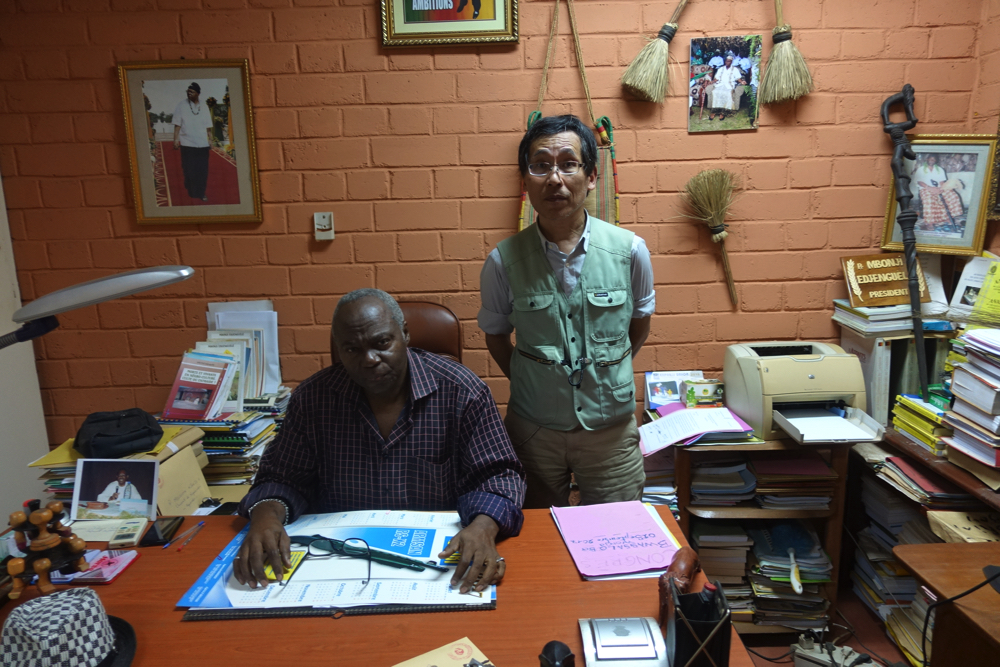
Photo 1
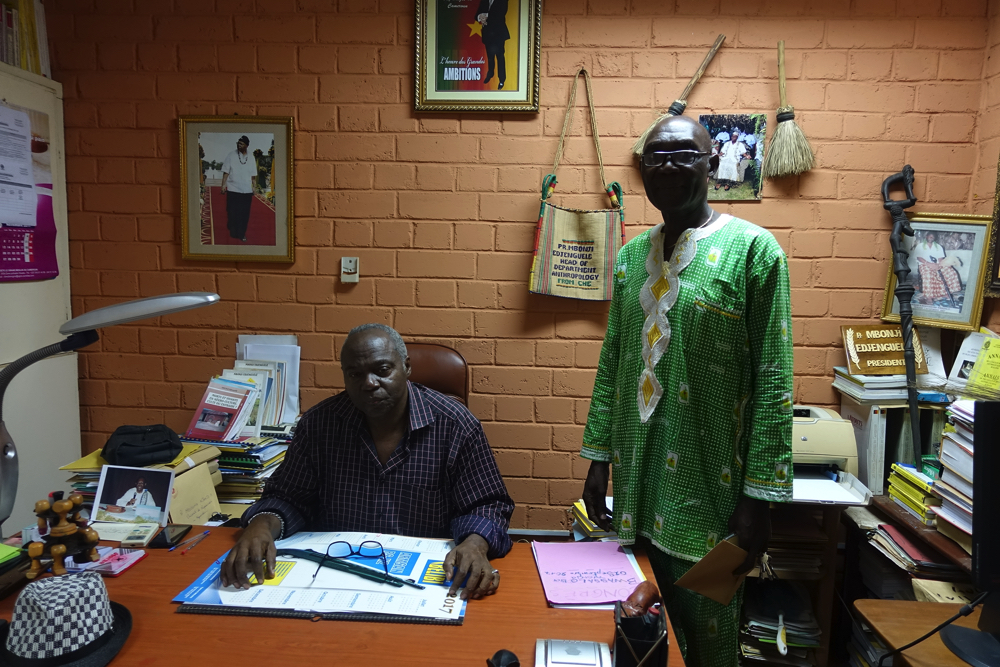
Photo 2
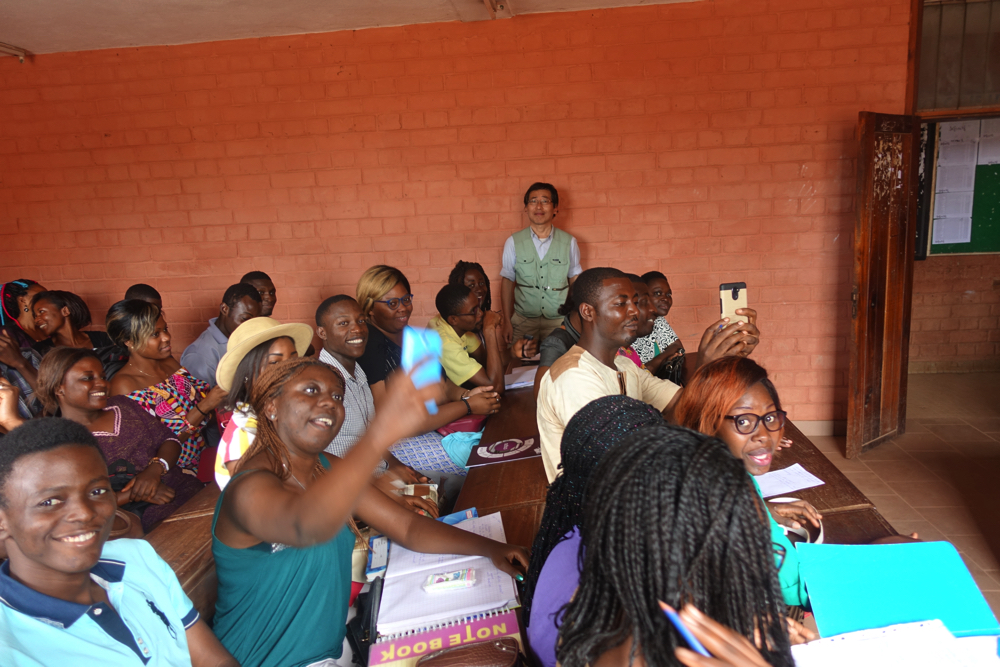
Photo 3
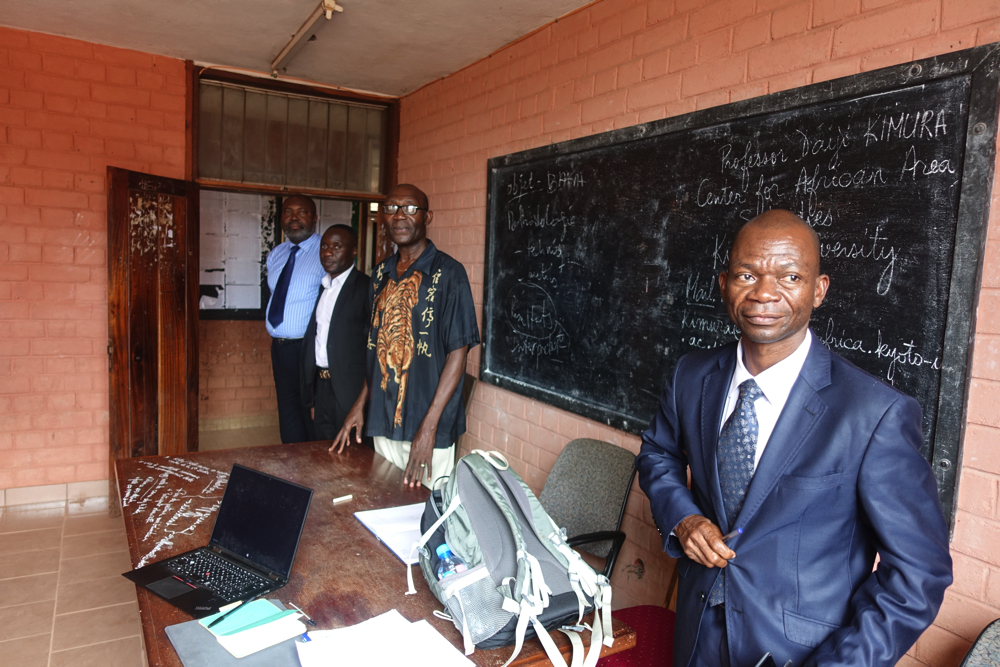
Photo 4
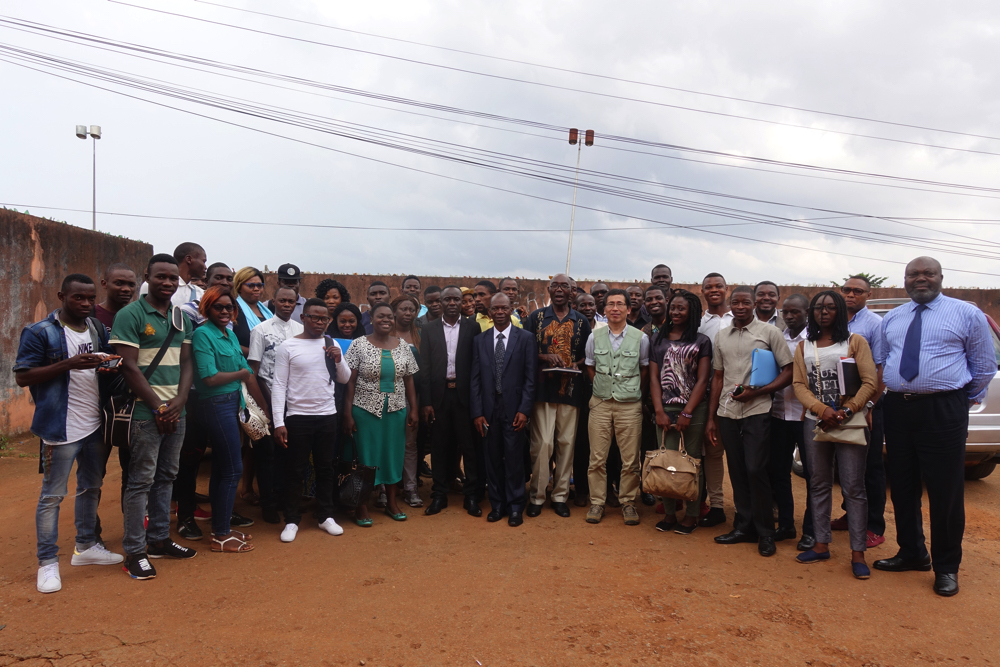
Photo 5

Photo 6
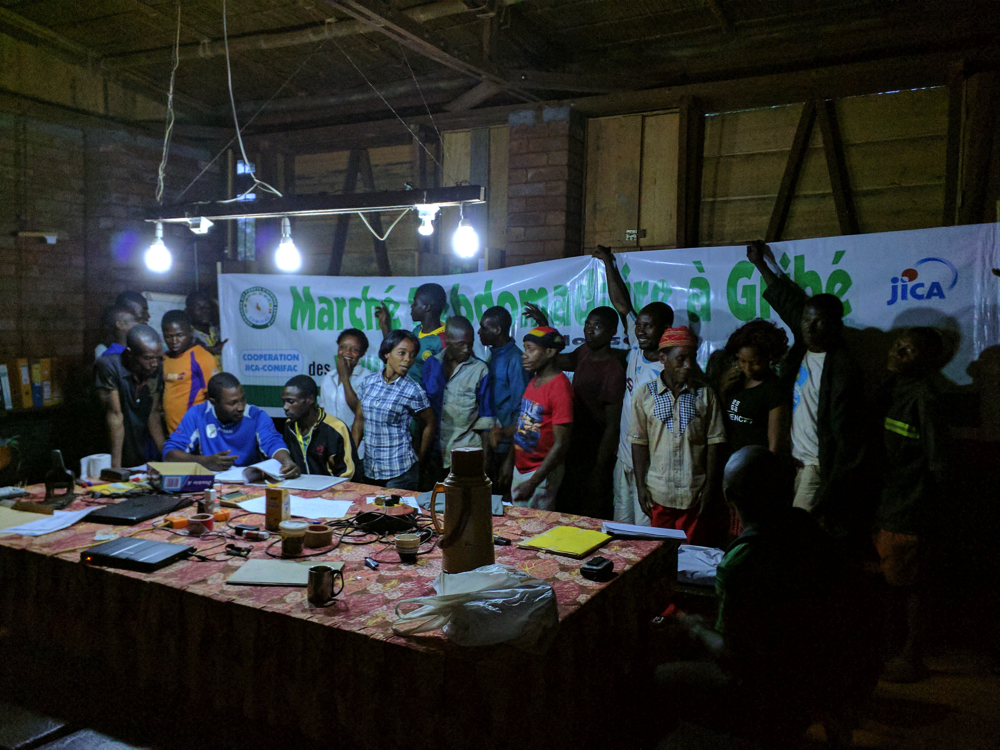
Photo 7
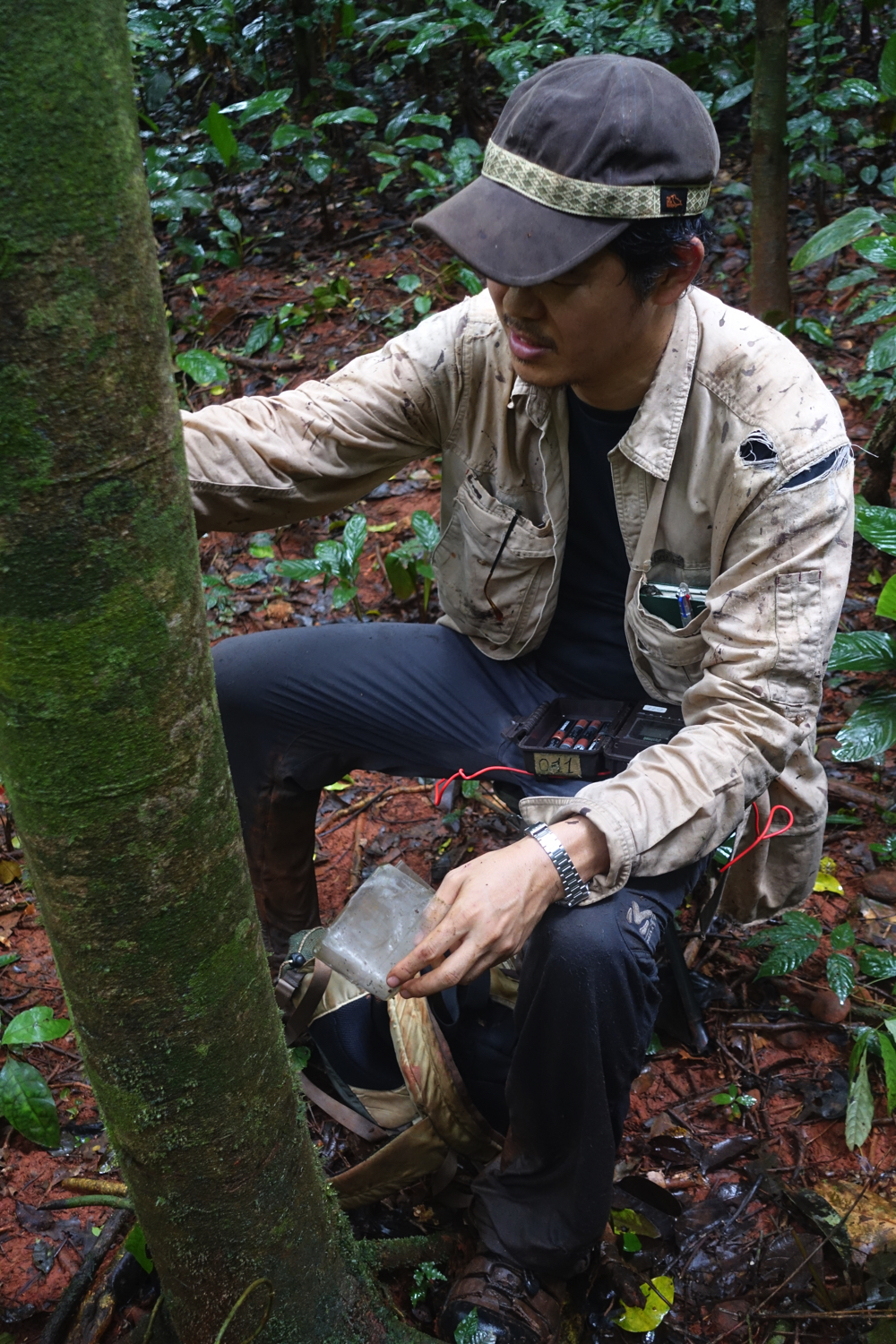
Photo 8
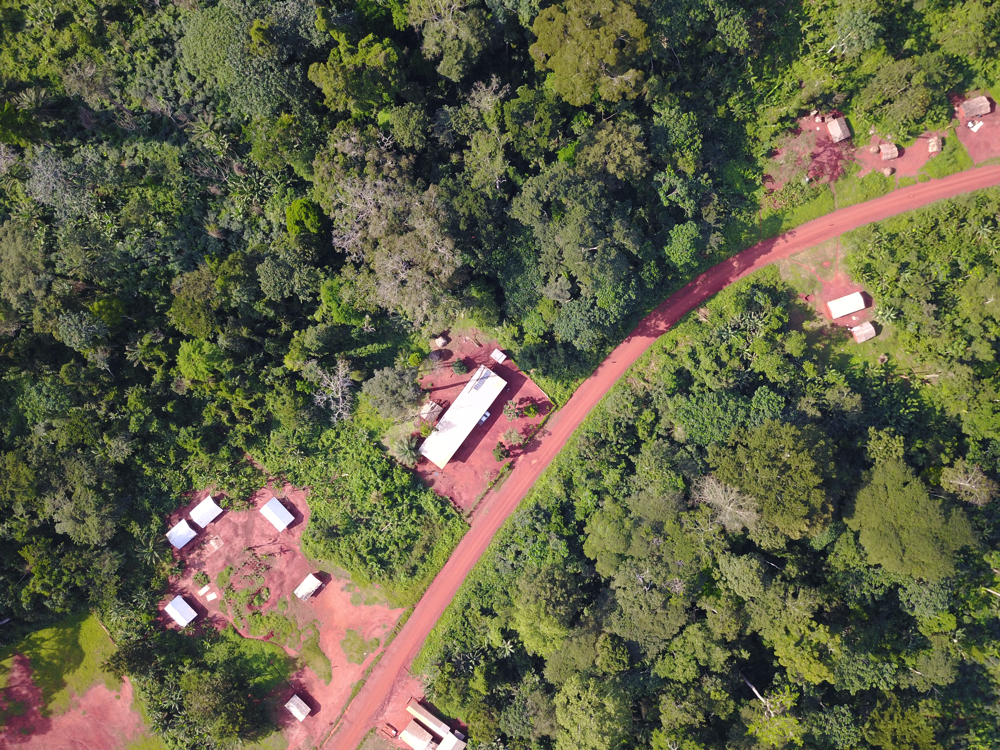
Photo 9
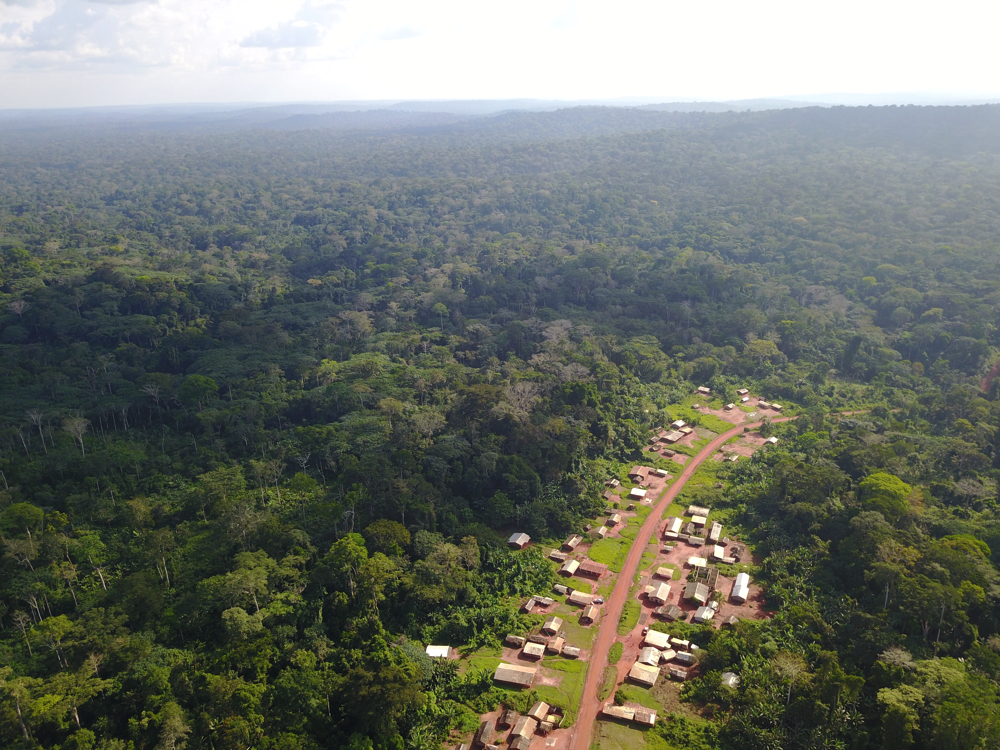
Photo 10

Photo 11
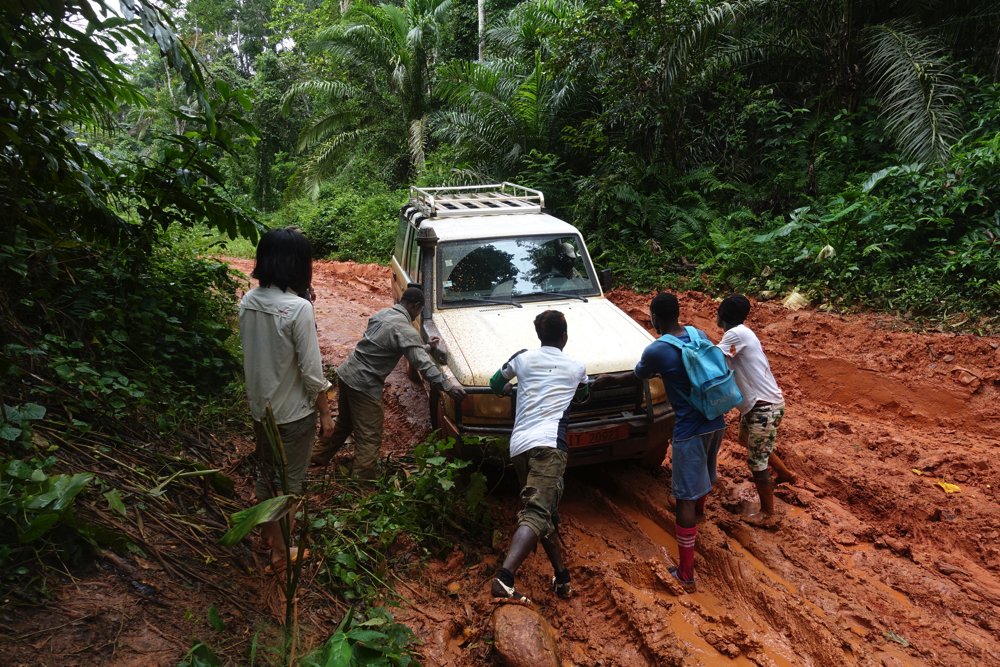
Photo 12
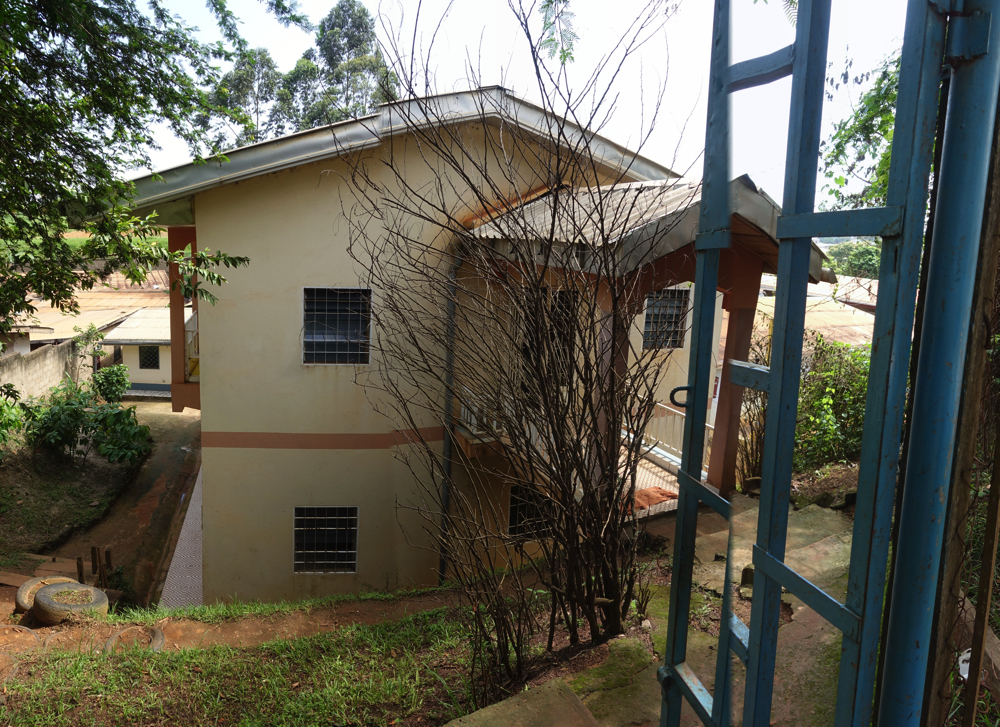
Photo 13

Photo 14









